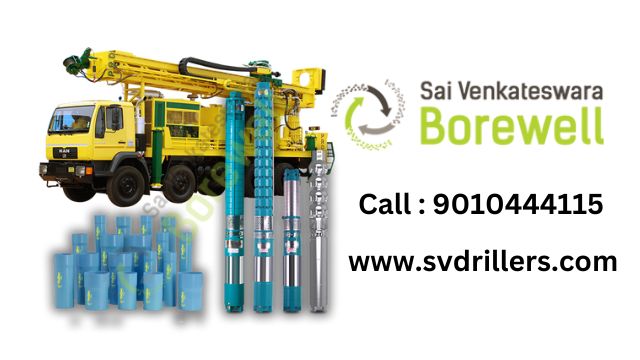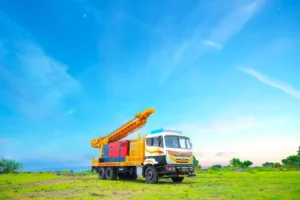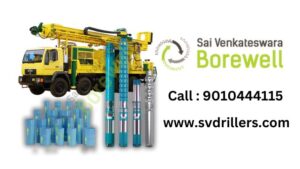🏗️ Introduction
Looking to achieve precision and efficiency in Technical & Informational bore drilling? Whether you’re a contractor, engineer, or DIY enthusiast, understanding the technical nuances of bore drilling can make or break your project. From selecting the right equipment to optimizing penetration techniques, mastering Technical & Informational bore drilling requires expertise.
In this comprehensive guide, we’ll cover:
✔️ The fundamentals of bore drilling
✔️ Latest technology and tools
✔️ Step-by-step best practices
✔️ Common mistakes to avoid
Let’s dig deep into the Technical & Informational bore drilling process!
🛠️ What is Technical & Informational Bore Drilling?
Technical & Informational bore drilling refers to the science-backed process of creating precise, deep holes (bores) in various surfaces, primarily for:
- Water well drilling
- Geotechnical surveys
- Mining exploration
- Construction piling
How Does it Work?
Bore drilling involves:
- Bit selection – Diamond, rotary, or auger bits based on material hardness.
- Drilling fluid usage – Helps with cooling and debris removal.
- Depth & diameter control – Ensures accuracy in alignment.
Ready to optimize your drilling process? Check out our borewell installation services for expert guidance!
🔧 Essential Bore Drilling Equipment
To master Technical & Informational bore drilling, you need the right tools:
1. Drill Rigs
- Rotary rigs – Best for deep holes in hard rock.
- Percussion rigs – Ideal for unconsolidated ground.
2. Drill Bits
- Diamond Core Bits – For precision in hard rock.
- Auger Bits – For soft soil and fast drilling.
3. Supporting Tech
- GPS & Laser Guidance – Enhances accuracy.
- Mud Pumps – Circulates drilling fluid.
🔗 Learn more about advanced drilling techniques.
🎯 Step-by-Step Bore Drilling Process
✅ Step 1: Site Assessment
- Conduct a geotechnical survey.
- Identify potential obstacles (rocks, water tables).
✅ Step 2: Select the Right Method
- Rotary Drilling – For deep wells.
- Auger Drilling – For shallow soil testing.
✅ Step 3: Execute & Monitor
- Ensure proper bit lubrication.
- Adjust RPM based on soil/rock resistance.
📌 Pro Tip: Regular maintenance extends equipment life!
⚠️ Common Bore Drilling Mistakes to Avoid
❌ Incorrect bit selection → Leads to wear & inefficiency.
❌ Ignoring lubrication → Overheats the drill.
❌ Poor alignment → Causes borehole deviation.
🔗 Avoid costly errors with our expert drilling guides!
🔍 Bore Drilling FAQ
❓ How deep can Technical & Informational bore drilling reach?
✔️ Depends on terrain—typically 100–500 meters in standard drilling.
❓ What’s the best drill bit for rocky surfaces?
✔️ Diamond-embedded bits ensure durability & efficiency.
❓ How often should drill rigs be serviced?
✔️ Every 200 drilling hours to prevent breakdowns.
🔗 More FAQs? Visit SV Drillers Support.
🚀 Conclusion
Mastering Technical & Informational bore drilling requires precision, the right tools, and expert techniques. Whether you’re installing a water well or conducting a geological survey, following best practices ensures success.
📞 Need expert help?
👉 Call us today at +91 9010444115
👉 Visit SV Drillers for a free consultation!
💡 For top-tier digital marketing & web design, explore our partners at Vebnox.
🔗 Keyword & URL List
- Technical & Informational bore drilling
- Borewell installation
- Advanced drilling techniques
- Geotechnical surveys
- Drill maintenance tips
🔨 Happy Drilling! 🚀



